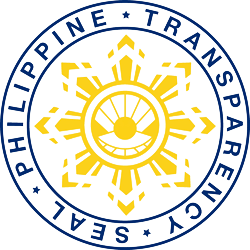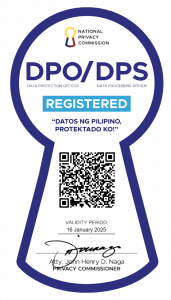
In this time of COVID-19 when transmission of the virus is fast and potentially dangerous, technology and innovation is key to bridging the health care gap between medical professionals and patients. One way of addressing this concern is thru telemedicine.
Telemedicine is not new to the Philippines and now more than ever, the development of telemedicine as a viable alternative to physical visits to medical facilities should be pursued.
To support medical practitioners in addressing the health care gap, the Department of Trade and Industry – Philippine Accreditation Bureau (DTI-PAB) conducted an online briefing session entitled “Telemedicine: Ensuring Quality for Health and Social Care Sector” on September 17, 2020 via Zoom Meeting. Eighty-three (83) participants coming from medical laboratories, hospitals, government agencies, PAB personnel and other stakeholders attended the online event.
The first speaker from DTI-PAB, Ms. Japhet T. Celis highlighted that the role of accreditation promotes excellence in health and social care. She also cited that accreditation adds layer of quality assurance to ensure that people received high quality, reliable, and consistent services delivered by competent staff who are working in a safe environment.
“As we promote or advocate quality to our services, there are aspects of Telemedicine where we can apply accreditation as an added layer of quality assurance”, said Ms. Celis during her online presentation entitled Health and Social Care Excellence through Accreditation. Through accreditation, the implementation of telemedicine services can be thoroughly evaluated based on guidelines that will result in high-quality patient care.
The DTI-PAB as the national accreditation body of the Philippines mandated to accredit certification body, inspection body, testing and calibration bodies and other bodies offering conformity assessment services against international standards.
Another speaker from University of the Philippines, College of Medicine, Dr. Iris Thiele Isip-Tan provided participants the importance of Telemedicine and its workflow.
“We’ve always needed Telemedicine because coordinating care when people reside across thousands of Islands and there are not enough doctors and health care workers, that has always been a challenge that Telemedicine wanted to solve”, said Dr. Isip-Tan.
This was one of the highlights during her online presentation on Telemedicine: Guidance for Filipino Physicians. She also discussed safety measures for Telemedicine that includes protection of the patient and the physician. Through the use of this service, it reduces the time associated with seeking care in remote areas and it serves as a quick access to holistic patient data. It improves access to health information and services hampered by geographic, transportation and communication barriers as well as health provider shortages.
The last speaker from the Department of Health (DOH) and known as the “Dancing Doctor” Dr. Enrique “Eric” A. Tayag imparts the guidelines on the use of Telemedicine in COVID-19 response. He emphasized that there should be health objectives that includes improved access to health care services, ensured that people have effective patient care and coordinated end-to-end service delivery between health care facilities. He admitted that these objectives are essential in achieving the goal of saving lives but not easily done when a patient needs to visit the clinic/hospital.
In summary, the health care industry continues to struggle with the lack of health care personnel and limited funds. However, through telemedicine, it helps in overcoming some of these challenges. Finally, a well-planned health strategy is needed to help the country bridge the gap in health care.
For more information about news or events and accreditation services, please contact the Philippine Accreditation Bureau at pab@dti.gov.ph or visit www.dti.gov.ph/pab for more information.
Release Date: 28 September 2020



